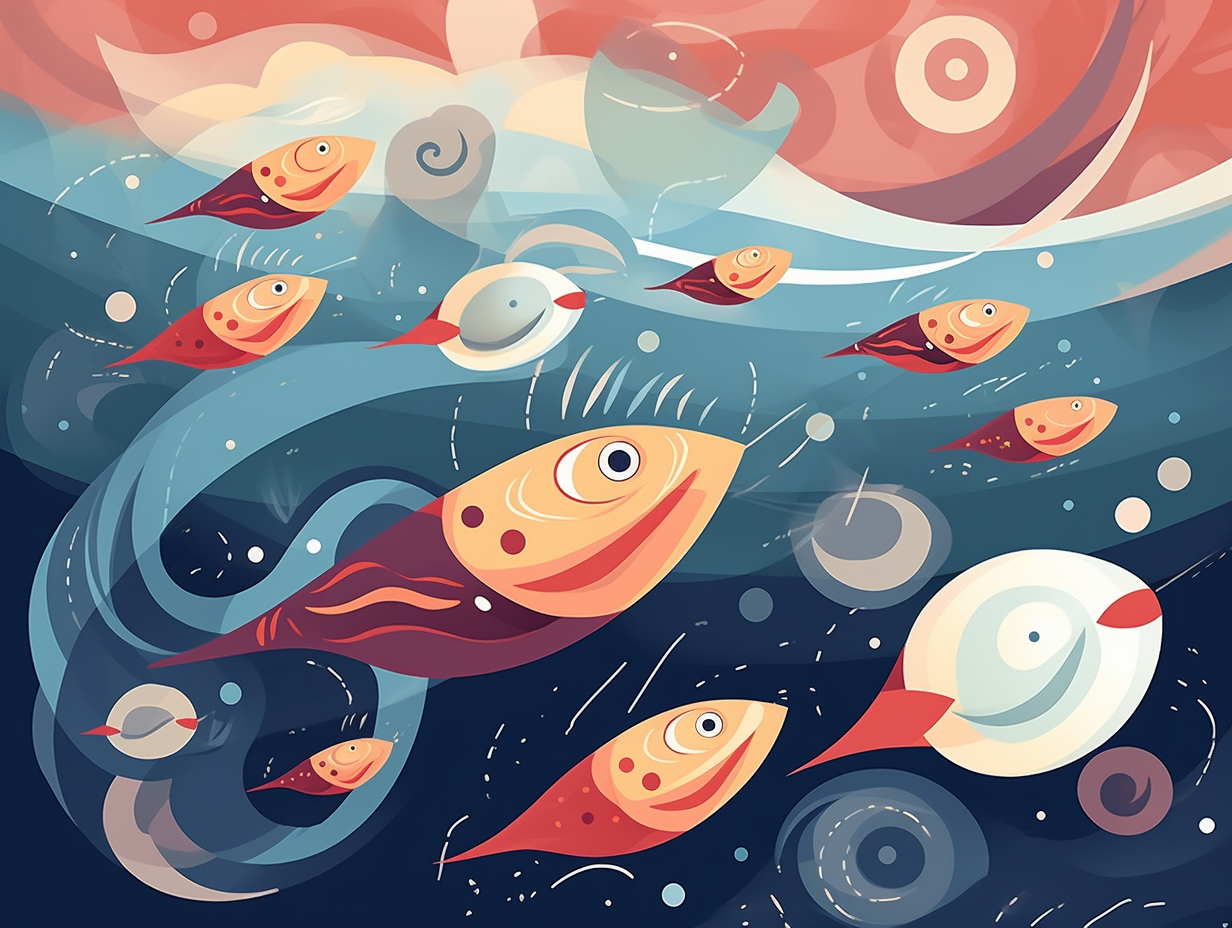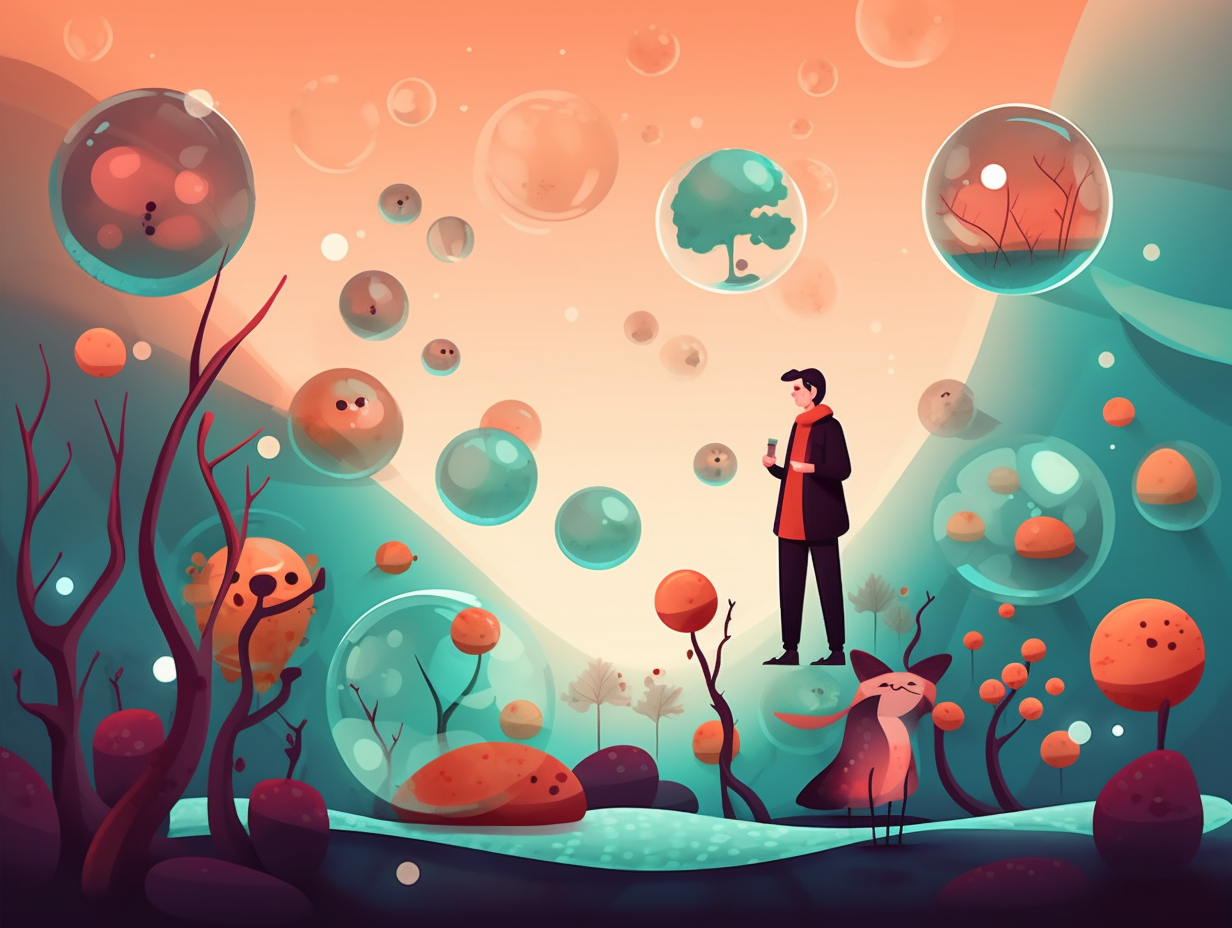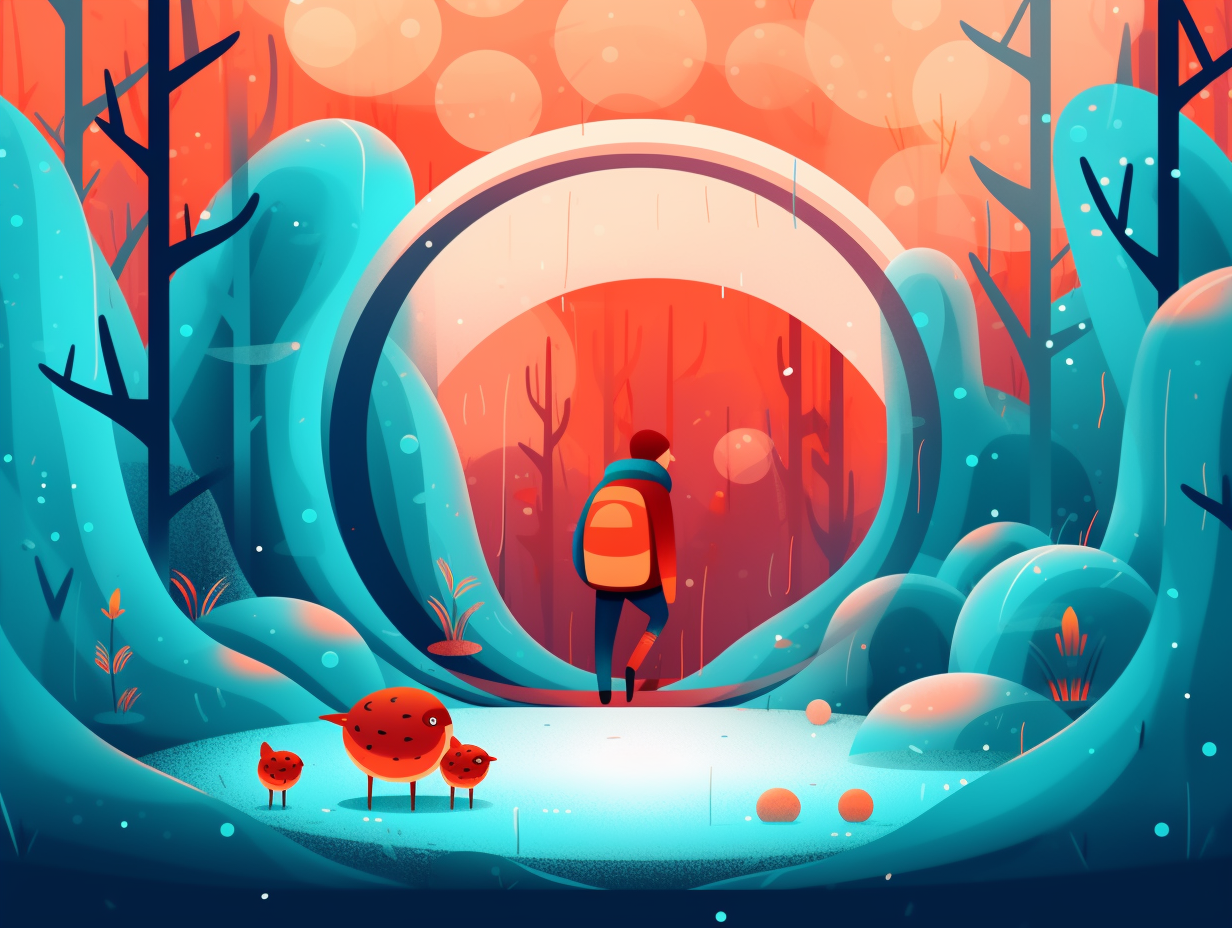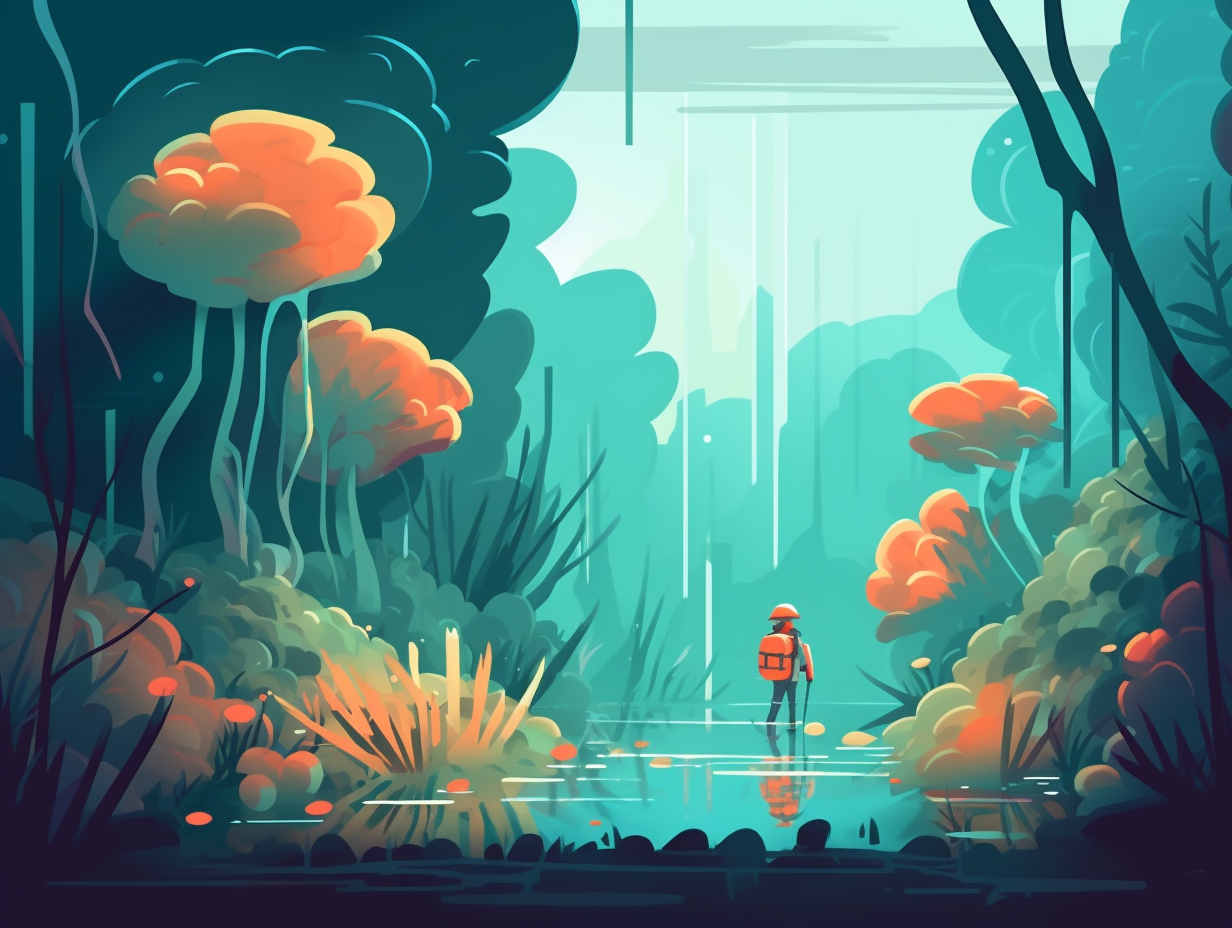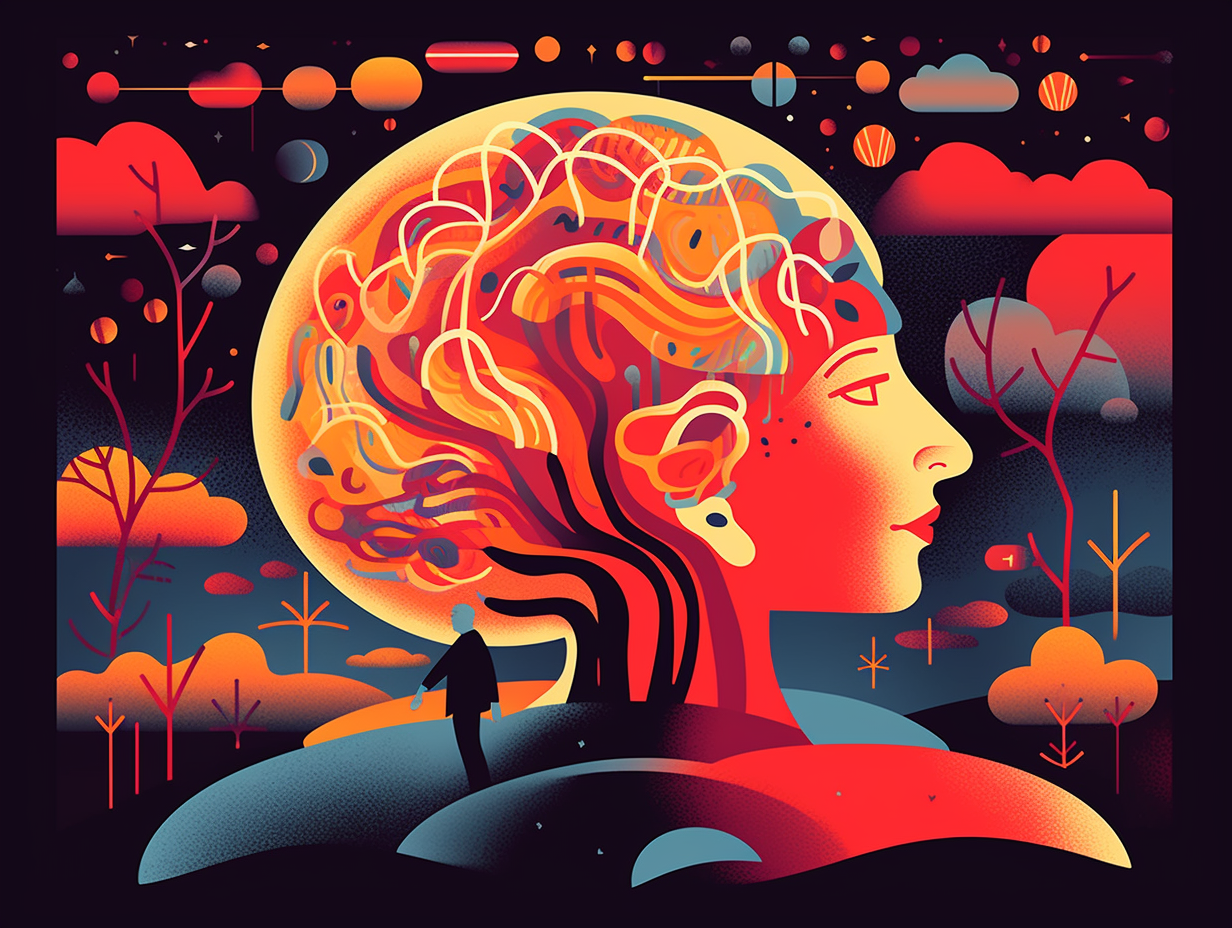Discover the Microscopic World: Top 11 Amazing Fun Facts About Protozoa You Never Knew!
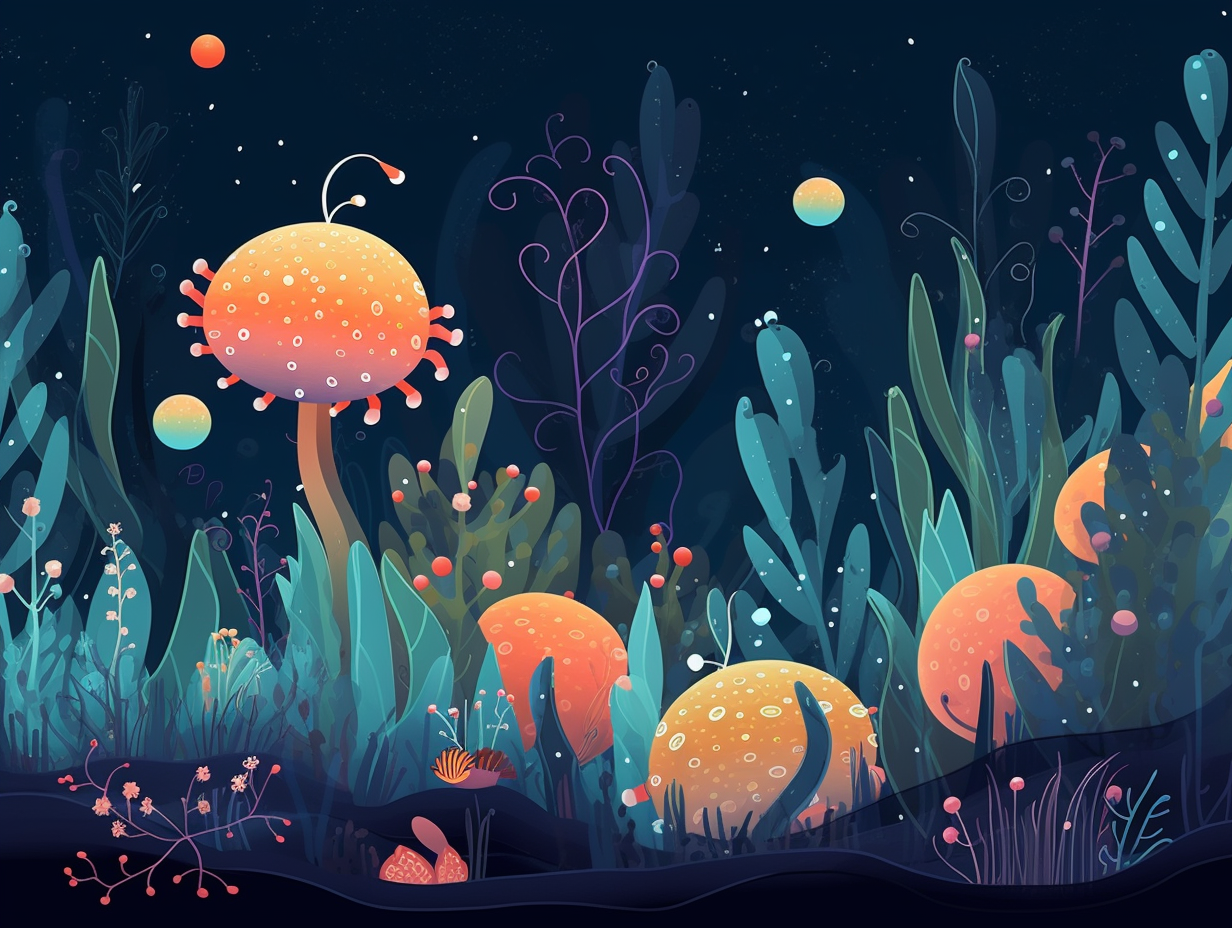
1. Protozoa's Swim Skills
Move over, Michael Phelps, protozoa have some serious stroke game: These tiny organisms come armed with whip-like flagella, hair-like cilia, or even cytoplasmic extensions called pseudopodia, giving them diverse ways to swim, shuffle, or slither through their microscopic worlds.
Source => ncbi.nlm.nih.gov
2. Bacteria's Cyst Party Crashers
In an unexpected microbial house party, bacteria like Salmonella and E. coli are crashing the Acanthamoeba castellanii cyst pad and refusing to leave even when the antibiotic bouncers show up: Researchers have discovered that foodborne bacteria can not only survive inside these free-living protozoa cysts, but actually grow and thrive, with up to 53% of cysts hosting these uninvited guests. This unexpected alliance could have significant implications for the persistence and spread of hazardous bacteria in our food supply chain.
Source => ncbi.nlm.nih.gov

Did you know that amoebas are nature's master-shapeshifters, able to change their size and shape just like you squeezing into your high school jeans? Discover their incredible "blob-tastic" survival skills!
=> Fun Facts about Amoeba
3. Paramecium Love Connection
Even protozoans believe in the adage, "two heads are better than one" when it comes to their love lives: Paramecium, for instance, requires conjugation with another individual to exchange genetic material before reproducing asexually through binary fission.
Source => toppr.com
4. Parasitic Protozoa House Invaders
Protozoa: the ultimate party crashers, sneaking into other animals' and plants' homes uninvited and causing a ruckus inside their cells. Talk about being unable to take a hint: Some protozoa are parasitic, inhabiting other organisms and leading to diseases like malaria, courtesy of the Plasmodium protozoa. Found in numerous moist environments, they've evolved to be quite the shifty characters, moving by shaking their cilia or flagella like they're on the protozoan dance floor or using temporary pseudopodia to bust a move.
Source => microbiologysociety.org
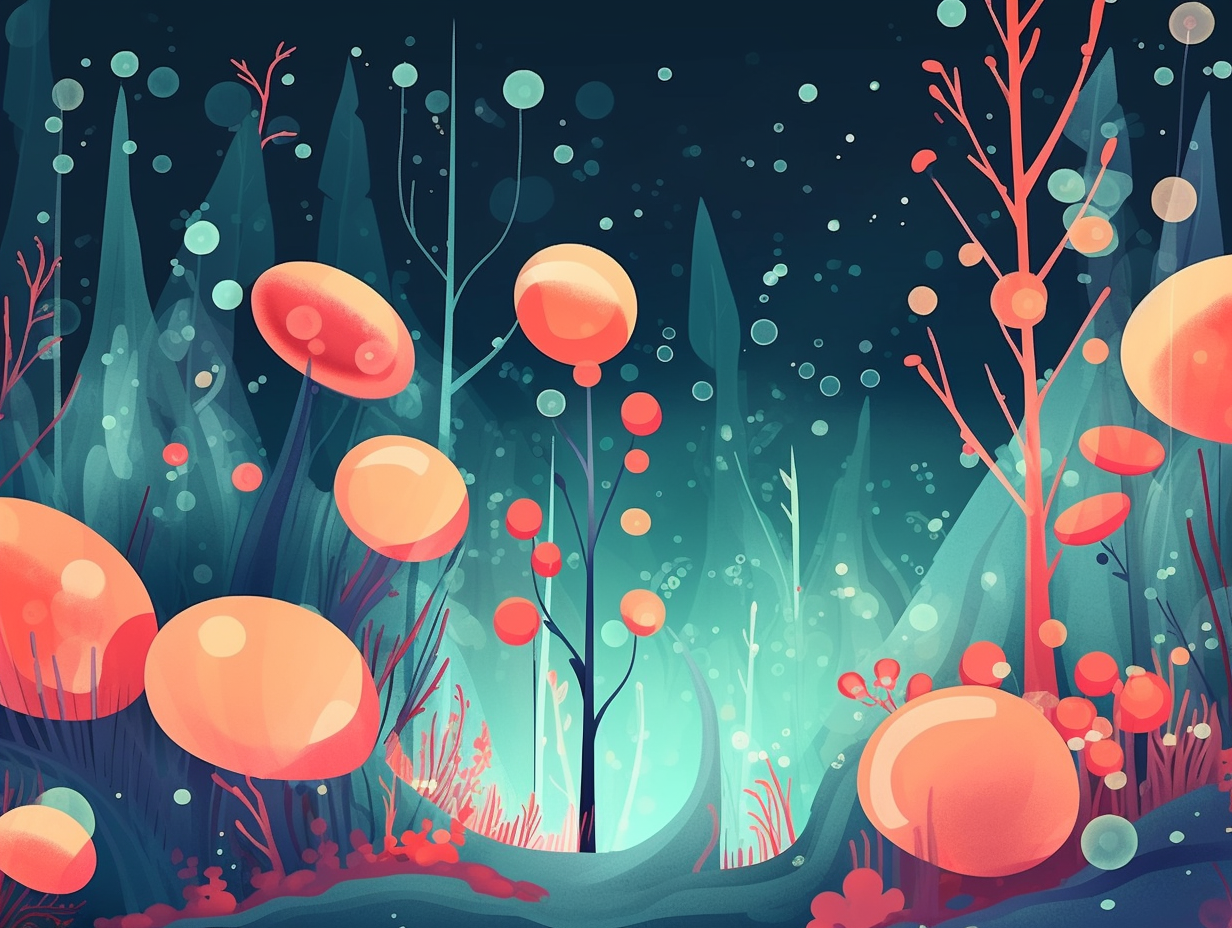
5. Paramecia Party Food Source
Who knew paramecia were the ultimate party crashers of the microscopic realm? They're always inviting themselves over and sticking around: In reality, paramecia are single-celled protozoans that can be easily cultured as a food source for small aquatic animals like fish and frogs. Cultivating an ideal environment for these tiny tenants includes providing proper nutrients and water quality, ensuring they flourish as a nutritious and renewable meal for your underwater pets.
Source => aka.org
6. Protozoa's Soil Disco
These microscopic soil party animals, the Protozoa, thrive in the tiniest of nightclubs, keeping the soil food web bumping: They chow down on bacteria and fungi, releasing nutrients back into the earth through their excretions, and maintaining a healthy balance by keeping nematode and bacterial troublemakers in check.
Source => ohioline.osu.edu
7. Protozoa Hibernate Mode
You know that feeling when you're so tired, you want to curl up like a hedgehog and hibernate until the world becomes a better place? Protozoa can actually do something like that: These tiny organisms form resting cysts, a nifty little trick that allows them to take a long snooze in dry environments until living conditions become optimal again.
Source => en.wikipedia.org
8. Stentor's Epic Regrowth
Forget regrowing your hair after a bad haircut: Stentor coeruleus, a tiny single-celled protist, can regenerate its entire body from just a small fragment! This impressive self-restoration process has provided valuable insights into the world of cellular regeneration, but it's important to remember that not all cells possess such uncanny regrowth abilities.
Source => frontiersin.org
9. Chloroplast Thieves
Talk about a chloro-heist: some protozoa are the microscopic versions of sly art thieves, swiping chloroplasts from their unsuspecting prey and wielding them for their own photosynthetic gains! The serious reveal: These crafty adaptations, along with symbiotic relationships with algae, make protozoa essential players in ecosystems as bacterivores and nutrient transfer agents, showcasing the intricate interactions that occur within the diverse tapestry of life on Earth.
Source => en.wikipedia.org
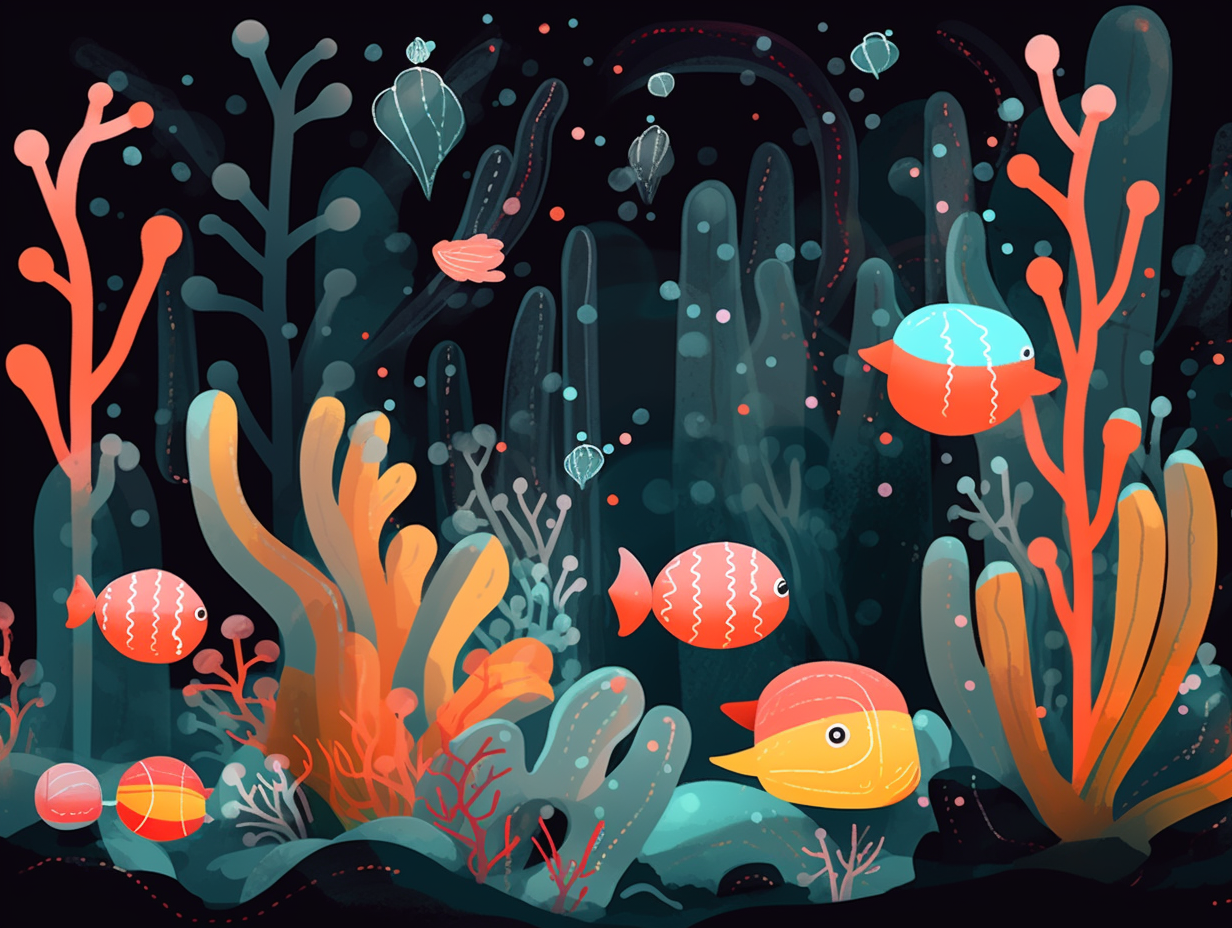
10. Amoebas' Pool Party Bouncers
When amoebas throw a pool party, they bring their own contractile vacuoles to pump out excess water: These microscopic bouncers serve as the amoebas' personal kidneys, expanding and contracting to regulate water balance and eliminate waste, proving that even single-celled life forms can stay hydrated responsibly.
Source => unacademy.com
11. Euglena's Identity Crisis
Move over, Jekyll and Hyde, there's a new dual personality in town: Meet Euglena, the perfect example of a protozoan who just can't decide whether it's an animal or a plant! This microscopic marvel conducts photosynthesis like a green-thumbed gardener but also feasts on other small protozoans like a ravenous predator, showcasing both autotrophic and heterotrophic tendencies.
Source => byjus.com
Related Fun Facts

